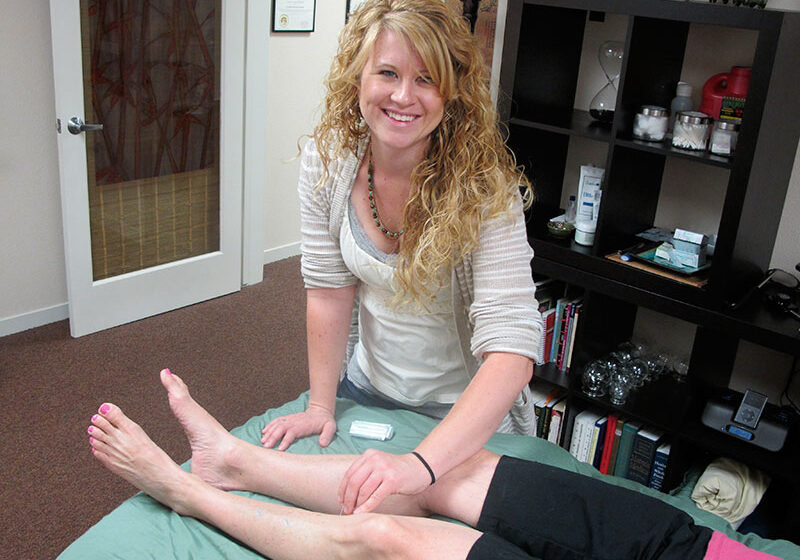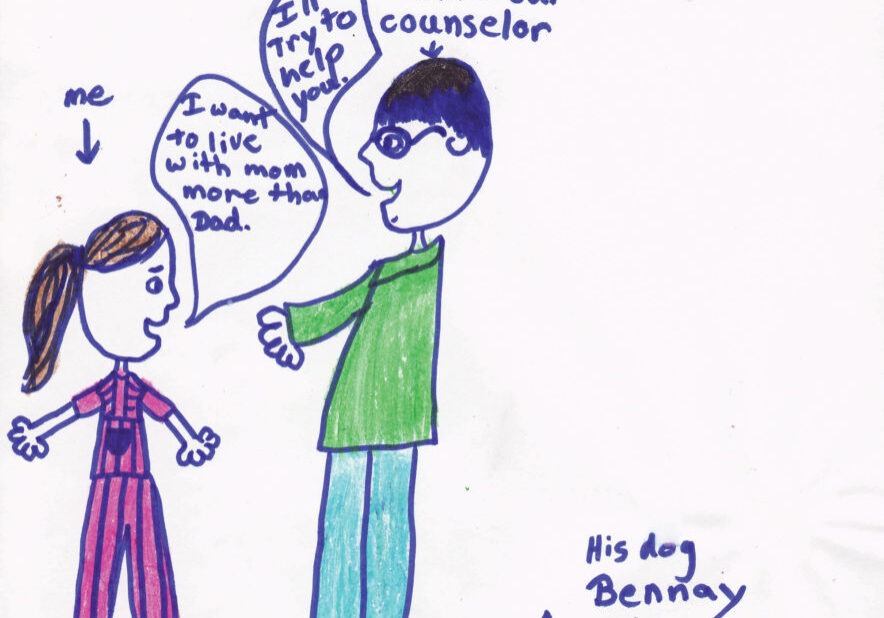
Photo: Tracey Hedge, Firefly Mobile Studios, http://www.firefly2u.com
Crooked, crowded or misaligned teeth can make adolescents feel insecure and embarrassed. It’s no fun to smile when your teeth aren’t attractive. Some kids are eager for orthodontia, others are apprehensive. In the short-term, braces may highlight kids’ physical flaws, adding to their insecurity. Here’s how to help:
Self-Image Matters
Tweens and teens struggle with self-image issues on a daily basis, says Los Angeles marriage and family therapist Hollye Grayson, MFT. “This age group defines themselves mostly by their physical appearance, and having crooked teeth can make kids extremely self-conscious.” Even if a parent says “You’re beautiful,” peers’ disparaging remarks hurt. “Parents and teachers have to accept you,” says Grayson, “peers don’t.”
As a parent, you may think it’s completely ridiculous for your teen to feel anxious about wearing braces. Be careful not to diminish your teen’s concerns. Adolescents face overwhelming pressure to look good, says Grayson. “With iChat, Facebook, and instant messaging, our kids are engaged with their peers 24/7.” The peer group reiterates what’s hot (and what’s not) over and over again. Even kids in the “in” crowd aren’t immune, since what is accepted can change overnight.
The Straight Scoop
“As a general rule it is best to treat before puberty during an active growth phase. Treatment is often easier and more predictable,” says Dr. Scott Hood, DDS, MS, a Chico Orthodontist. Many patients receive treatment in phases: once before puberty and once after. Keep in mind that kids who wore braces in elementary school may resist additional treatment in adolescence when their peers’ opinions and social relationships are intensely important.
Teens may be especially resistant to treatment if their teeth look straight already. Dental alignment problems can cause clicking or popping sounds while chewing, grinding or clinching of the teeth during sleep, or biting into the cheek or roof of the mouth. “The American Association of Orthodontist recommends that children see an orthodontist no later than age 7, after the child’s 6 year molars have erupted and unseen issues can be identified,” says Hood.
“Teens are most concerned with the here and now, and they do not have the brain development to fully comprehend that their bodies will change one day,” says Grayson. To teens, long-term benefits may not seem to outweigh the short-term costs to self-image and everyday inconveniences braces might bring. Encourage your child to see beyond the cosmetic benefits of braces. For example, it is much easier to keep your teeth clean when they are straight, and correct dental alignment can alleviate tension headaches and other symptoms.
Cool Tools
Kids who need orthodontics shouldn’t fear the dreaded “metal-mouth” appearance – it’s a thing of the past, says Dr. Jeffrey Ingber, DDS, of Metropolitan Dental Centers in Pontiac and Waterford, Michigan. Brackets used today are smaller and less visible, and patients can get clear or colored brackets if they wish.
Patients who’d prefer to keep a low profile during orthodontia can also ask about the possibility of affixing brackets to the back of the teeth, or can investigate Invisalign, an option that uses a series of computer-generated clear retainers to move teeth a little at a time. Be clear about treatment requirements: Patients who opt for Invisalign must wear their retainers as directed by the orthodontist. A retainer can’t move your child’s teeth when it’s sitting on the bathroom counter.
Kids can get creative and wear personal bling from Braced-Lets (available online at bracedlets.com). These funky bracelets have been created by two New York City orthodontists and a jewelry designer, and are crafted from new, authentic orthodontic materials.
How Parents Can Help
Despite all the options available, some kids remain anxious about wearing braces. “We have had teens postpone or refuse treatment because of how they think the opposite sex will perceive them. Senior year is especially hard because of yearbook photos and prom,” says Hood. Be sensitive to your teen’s perspective on the timing of treatment, even if you can’t let him put it off indefinitely.
“Just be supportive,” says Grayson, “listening is the most important tool in your parenting arsenal.” Lecturing about the long-term view or dismissing your child’s distress will only push your child away. When she finds out she’ll have to wear her braces longer than expected, rub her back and say “Yeah, that really stinks.” Kids just want parents to get it.
Throughout the process, encourage good oral hygiene. If patients don’t properly brush their teeth while wearing braces, white spots and cavities can develop. Although a dentist can correct these problems, it’s best to avoid them altogether. Following doctor’s orders ensures faster, flawless results.
Posted in: Health & Nutrition
Comment Policy: All viewpoints are welcome, but comments should remain relevant. Personal attacks, profanity, and aggressive behavior are not allowed. No spam, advertising, or promoting of products/services. Please, only use your real name and limit the amount of links submitted in your comment.
You Might Also Like...

On Pins And Needles – The Benefits Of Acupuncture
For a woman who admits being extremely afraid of needles, Patti Furnari is a huge fan of acupuncture. Having dealt with the debilitating pain of migraines for over 25 years, […]

Divorce – How Do We Tell The Kids?
This is one of the most frequent questions we at Kids’ Turn receive from parents starting in the separation or divorce process. It is almost always worded as “How do […]

Toddlers Need Exercise Too!
Cardio is not only for adults. With the growing childhood obesity problem, it’s important to get your older baby and toddler up and active. It’s easy to do, as young […]

Osteoporosis is Not Inevitable – Early Prevention is the Key
Did you know that the current statistic is that 50 percent of women in the U.S. age 50 or older will break a bone due to osteoporosis? But that statistic […]



